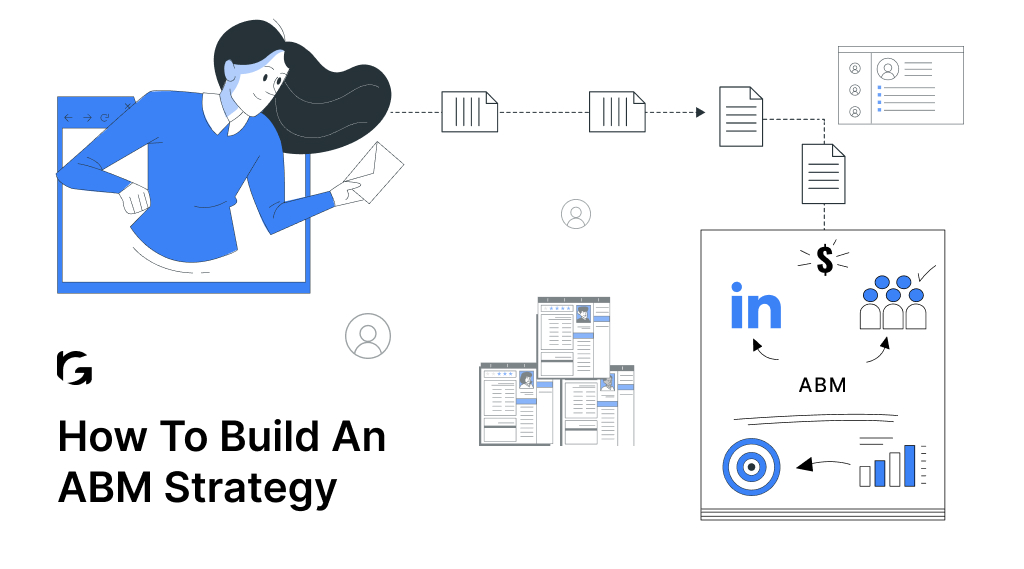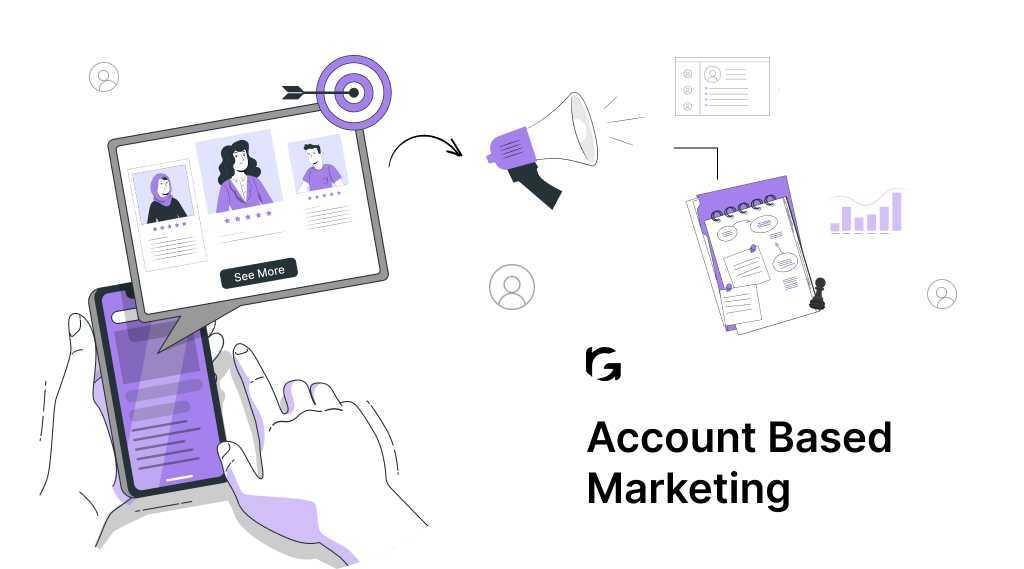Introduction
I remember a morning meeting when our team realized that even our most impressive efforts were falling short because our demand generation process lacked precision. We were producing leads but not converting them, and that gap drove me to rethink our entire strategy. I spent time understanding the obstacles and refining tactics that would not only generate interest but also convert prospects into loyal customers.
Today, I want to share 17 best practices that I’ve tested and refined over years in B2B SaaS marketing. These strategies cover everything from knowing your audience and developing buyer personas to optimizing your website, investing in content marketing, and collaborating with sales teams. By following these steps, you can boost your pipeline and drive sustainable growth in 2025.
17 SaaS Demand generation best practices you need to follow to increase your Pipeline
Here are 17 demand generation best practices that can significantly boost your sales and enhance your overall business performance:
- Understand your audience
- Create buyer personas
- Optimize your website
- Invest in content marketing
- Utilize social media
- Implement SEO strategies
- Email marketing excellence
- Leverage paid advertising
- Implement marketing automation
- Prioritize customer reviews
- Host webinars and events
- Offer valuable lead magnets
- Optimize landing pages
- A/B testing
- Track and analyze metrics
- Collaborate with sales teams
- Stay adaptive and innovative
Let us understand each of them in detail:
1. Understand your audience
Know your target audience inside out. Understand their pain points, preferences, and behaviors to tailor your demand generation strategies accordingly.
2. Create buyer personas
Develop detailed buyer personas to represent your ideal customers. This helps in crafting personalized and targeted content that resonates with your audience.
3. Optimize your website:
Ensure your website is user-friendly, mobile-responsive, and optimized for search engines. A well-optimized website is crucial for attracting and retaining potential customers.
4. Invest in content marketing
Develop high-quality and relevant content that educates, entertains, and adds value to your audience. Content marketing establishes your authority and attracts organic traffic.
5. Utilize social media
Leverage social media platforms to connect with your audience, share content, and foster engagement. Social media is a powerful tool for building brand awareness and trust.
6. Implement SEO strategies
Optimize your online content for search engines to improve visibility and attract organic traffic. This includes keyword research, on-page optimization, and backlink building.
7. Email marketing excellence
Build and nurture your email list. Craft compelling and personalized email campaigns to keep your audience informed, engaged, and interested in your products or services.
8. Leverage paid advertising
Invest in targeted paid advertising campaigns on platforms like Google Ads and social media to reach a wider audience and drive traffic to your website.
9. Implement marketing automation
Use marketing automation tools to streamline repetitive tasks, nurture leads, and deliver personalized content at scale. This enhances efficiency and effectiveness.
10. Prioritize customer reviews
Encourage and showcase positive customer reviews. Reviews build trust and credibility, influencing potential customers in their purchasing decisions.
11. Host webinars and events
Organize webinars or virtual events to showcase your expertise and engage with your audience. These platforms provide opportunities for direct interaction and relationship-building.
12. Offer valuable lead magnets
Provide valuable resources such as eBooks, whitepapers, or guides to capture leads. These lead magnets serve as incentives for potential customers to share their contact information.
13. Optimize landing pages
Ensure your landing pages are optimized for conversions. Clear calls-to-action, compelling headlines, and minimal distractions contribute to higher conversion rates.
14. A/B testing
Continuously test and optimize your campaigns through A/B testing. Experiment with different elements such as headlines, images, and CTAs to identify what resonates best with your audience.
15. Track and analyze metrics
Use analytics tools to track key performance indicators (KPIs) and gather insights into the effectiveness of your demand generation efforts. Adjust strategies based on data-driven decisions.
16. Collaborate with sales teams
Foster strong collaboration between marketing and sales teams. Aligning these efforts ensures a seamless transition from lead generation to conversion.
17. Stay adaptive and innovative
The business landscape evolves, so should your strategies. Stay updated on industry trends, embrace innovation, and be ready to adapt your demand generation practices accordingly.
By incorporating these demand generation best practices into your marketing strategy, you’ll be better positioned to attract, engage, and convert potential customers, ultimately driving increased sales and fostering business growth.
FAQs
1. How to increase B2B demand generation?
Boost demand generation by refining audience targeting, deploying integrated campaigns across channels like email, SEO, and social media, and continuously optimizing efforts using data-driven insights.
2. How to sell B2B SaaS product?
Sell a B2B SaaS product by clearly articulating its value through compelling demos, case studies, and targeted content while aligning sales and marketing efforts to address customer pain points.
3. What are demand gen tactics?
Demand gen tactics include content marketing, inbound and outbound campaigns, account-based marketing, email nurturing, SEO, paid advertising, and leveraging customer testimonials and webinars.
4. How to increase B2B demand generation?
Increase B2B demand generation by creating engaging, relevant content, using targeted advertising, and synchronizing marketing with sales to ensure consistent lead nurturing and conversion.
5. What is B2B lead generation?
B2B lead generation is the process of attracting and converting business prospects into leads through targeted marketing strategies that drive interest and engagement.
Conclusion
In conclusion, mastering demand generation is pivotal in today’s competitive market landscape. The 17 best practices outlined above offer a roadmap to success, highlighting the need for precision and adaptability in your marketing strategies.
By segmenting your audience and delivering relevant, high-quality content across diverse channels, you can capture attention and build awareness. The integration of data analytics empowers you to fine-tune your efforts, ensuring efficiency and effectiveness. Lead scoring, marketing automation, and personalization streamline processes, boosting engagement and conversion rates.
Account-Based Marketing (ABM) targets high-value prospects, while close alignment between sales and marketing teams facilitates a seamless transition from leads to customers. Tracking ROI and gathering customer feedback are essential steps for continuous improvement, while competitive analysis keeps you ahead of the curve.
These best practices underscore the dynamic nature of demand generation, requiring constant monitoring and adaptation to evolving market trends and consumer behaviors.
Ready to turn your audience into loyal customers? Let’s talk!



